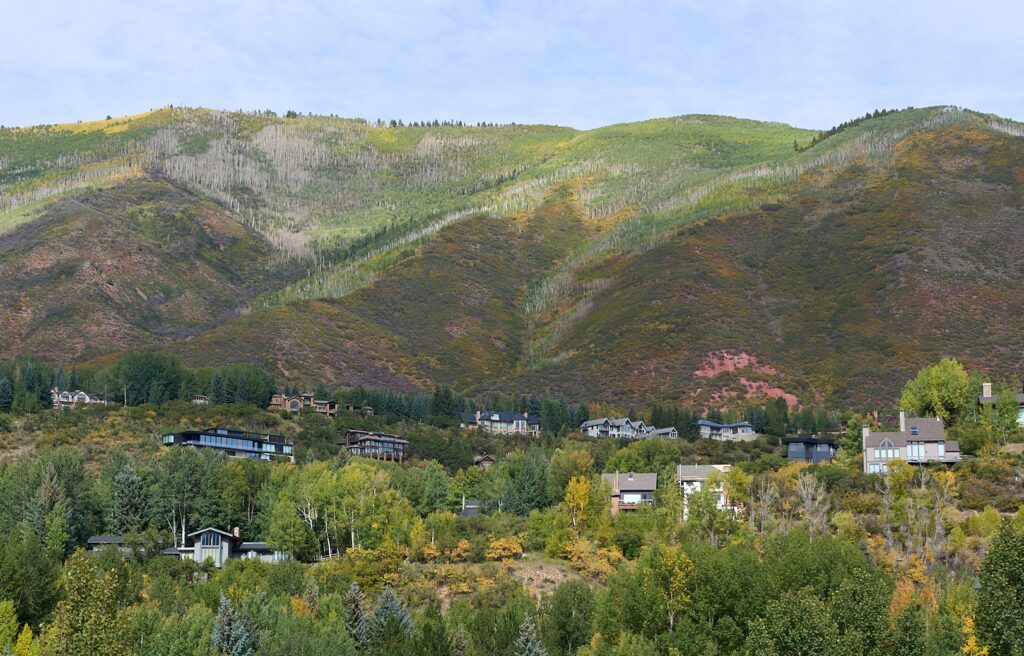Native Flows and the Functions of North Star Nature Preserve
ACES Staff
June 24, 2016
Over the past two weeks temperatures rose, snow in the high country melted, and creeks and rivers hit their high mark for the year in the Upper Roaring Fork Valley.
We have been very interested in how the shutting down of the Twin Lakes diversion affected Roaring Fork River (RFR) flows into North Star Nature Preserve and Aspen. For more about on the Twin Lakes diversion check out this article from Aspen Journalism.
 |
| Twin Lakes Tunnel Discharge (CO Division of Water Resources) |
On June 17, officials shut down the diversion of 600 cubic feet of water per second under the continental divide to the Front Range. The flow of the upper RFR is now entirely in its natural drainage. With the exception of the Salvation Ditch and few smaller diversions, we can call this close to a “native” flow of the Roaring Fork as it enters Aspen.
 |
To see how the shut-down affected flows, we compared cubic feet per second (CFS) from two streamflow gauges on the Roaring Fork above Aspen: the Difficult gauge on the Roaring Fork just upstream from Difficult Creek and the Stillwater gauge, downstream from the North Star Nature Preserve.
 |
After the Twin Lakes diversion was turned off, we observed an interesting phenomenon in the stream flow graphs. Flows that are typically higher at the Stillwater gauge began reporting lower flows than the upstream Difficult gauge once the Twin Lakes tunnel was shut down. This seems counterintuitive since there is inflow from Difficult Creek between the gauges. What accounts for this?
We hypothesize that, with an increased volume of water flowing into North Star Nature Preserve as a result of the diversion closure, the Roaring Fork expands beyond its banks, overflowing into the Preserve. The Preserve then acts like a sponge, absorbing increased amounts of water that spills into old abandoned channels, oxbows and pools to become “Lake North Star.”
Additionally, as North Star fills, the increase in surface water on the Preserve likely increases the rate of water loss from evaporation, especially on warm and sunny days. This may also contribute to the decreased volume of water passing by the Stillwater gauge below the Preserve.
To support these results, we looked back at a few previous years with similar river diversion rates to see if this same “sponge effect” occurred.
 |
The above graph shows Twin Lakes tunnel diversion rates for 2016 (in red), 2015 (in green), and 2013 (in blue). In 2015, due to sufficient natural inflow into the Twin Lakes Reservoir, the tunnel diversion was reduced early By June 6, 2015 the diversion rate drops to zero. Below is a graph depicting the flow of the river at the Difficult and Stillwater gauges in June of 2015.
 |
Comparing this 2015 graph to our analysis for 2016, we see a similar trend initially with higher flows through the lower Stillwater gauge than the upper Difficult gauge. This is expected, given the inflow of Difficult Creek and other smaller creeks between the two gauges.
After the diversion stops on June 4, 2015, things get interesting. Notice: the lines on the graph get closer together, and sometimes even overlap — meaning the flows are nearly the same, with Difficult sometimes surpassing the flows at Stillwater. This, we believe, is another example of the “sponge effect” of North Star. We hope to investigate additional years and more flow data to help verify or dispel our hypothesis.
The benefits of the flooding of North Star and the subsequent “sponge effect” are diverse. Flooding and erosion downstream are moderated. Groundwater is recharged. Native wetland plant species who rely on periodic flooding are provided with an advantage over invasive weeds. Overall, the great diversity of species that depend on riparian habitat are helped. Many other unseen benefits, including nutrient mixing and seed dispersal, also occur. North Star Nature Preserve deserves respect and protection for the things we know that it gives us and the things we don’t.
~ Tony Cannistra, Mentor Naturalist & Jim Kravitz, Naturalist Programs Director
Related Content

RFV Phenology: Green is out, yellow is in! Or is it?
Learn More
ACES // City of Aspen Open Space Birding: Marolt Open Space 9/5/2024
Learn More